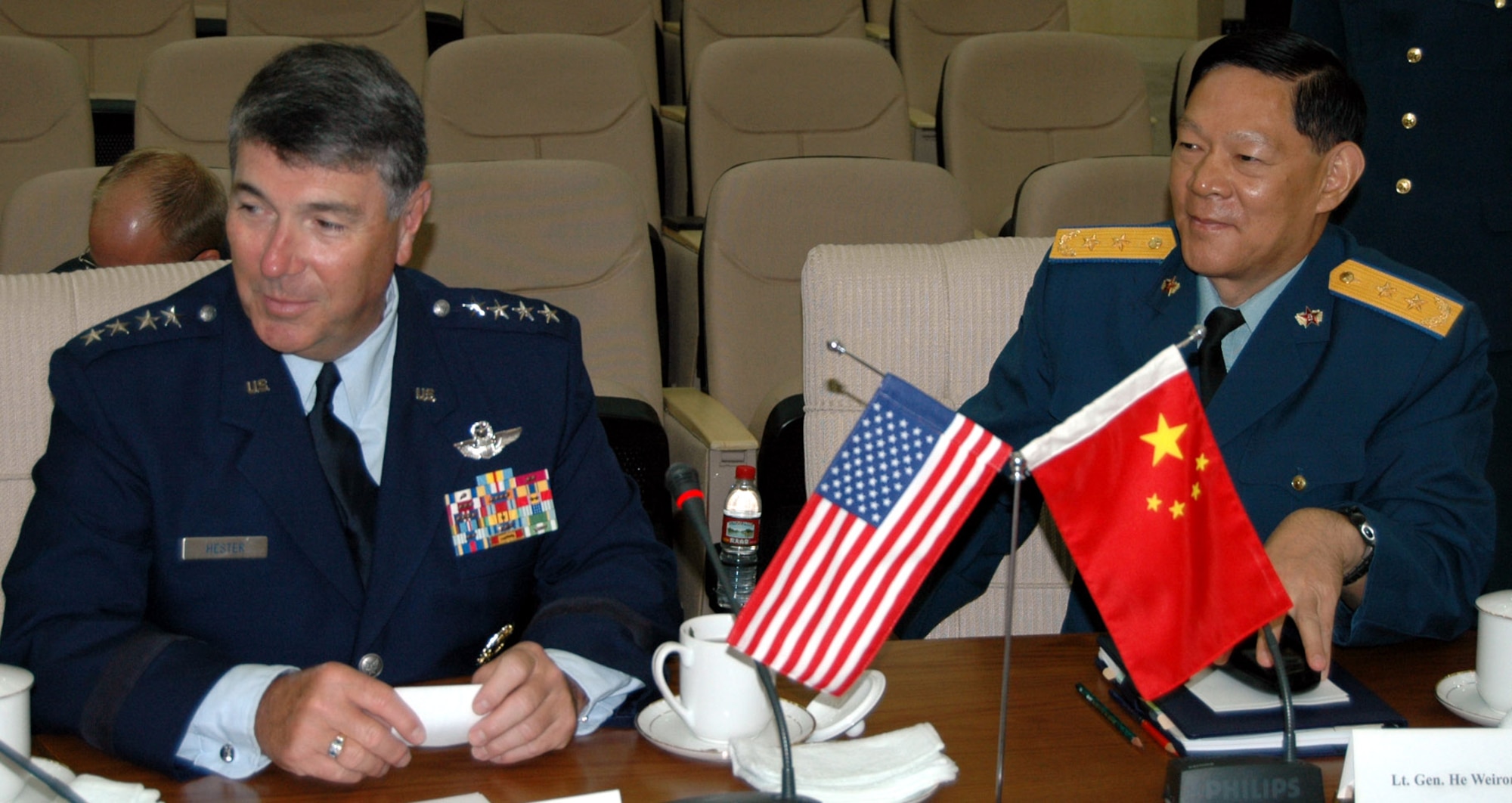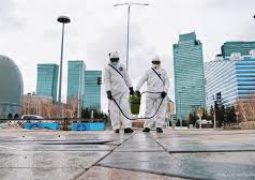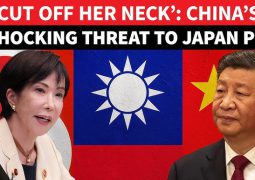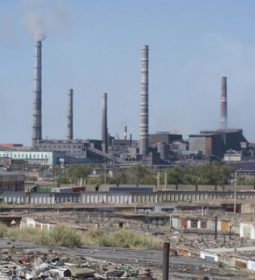US Air Force and Space Force Will Roll Out New Ranks, Training, Structure to Compete with China

Secretary of the Air Force Frank Kendall leads the panel discussion “Reoptimizing for Great Power Competition: A Senior Leaders Discussion” with Assistant Secretary of the Air Force for Financial Management and Comptroller Kristyn Jones, performing the duties of the undersecretary of the Air Force, Air Force Chief of Staff Gen. David W. Allvin and Chief of Space Operations Gen. Chance Saltzman during the Air and Space Forces Association 2024 Warfare Symposium in Aurora, Colo., Feb. 12, 2024. (Eric Dietrich/U.S. Air Force)
AURORA, Colorado — In one of the most sweeping changes in their history, Air Force and Space Force officials are renaming, reorganizing and rethinking their services’ structures so airmen and Guardians can be ready for competition with China.
The changes include bringing back warrant officers — a plan first reported by Military.com — as well as changes to training; all this was necessary as China prepares for war in the Pacific and, potentially, against the U.S. military, Air Force Secretary Frank Kendall said during a keynote address Monday evening at the Air & Space Forces Association’s Warfare Symposium conference at Gaylord Rockies Resort and Convention Center.
“We are out of time,” Kendall said. “Why do I say that? It’s not that I enjoy sounding like a broken record. It’s because, for at least two decades, China has been building a military that is designed, purpose-built, to deter and defeat the United States if we intervene in the western Pacific.”

Kendall, alongside Kristyn Jones, who is performing the duties of acting under secretary; Air Force Chief of Staff Gen. David Allvin; and Chief of Space Operations Gen. Chance Saltzman, unveiled 24 different changes: 16 of them for the Air Force, five for the Space Force and three for the entire Department of the Air Force.
Some of the changes are specific and short-term goals set to happen within a year, while a majority are vague renaming and rebranding efforts aimed at “great power competition,” Department of the Air Force lingo for escalating defense spending, operational strategy and overall resources against adversaries — namely, China.
The return of warrant officer ranks, after being nixed by the Air Force 65 years ago, was confirmed Monday by service officials following the reporting by Military.com.
Allvin said the idea behind bringing back warrant officers is to have cyber and information technology-focused airmen who want to “code for their country,” adding that the service needs to build up its technical talent to compete in those areas.

That also includes renaming and reorganizing Air Education and Training Command into a new Airman Development Command “to provide airmen a common, mission-focused development and training path.”
As well, Allvin said the service wants to “upgrade and advance the cadet experience” for ROTC and Air Force Academy students to “lead in a complex environment” to take on China.
“[People’s Republic of China President] Xi Jinping has told his military to be ready to take Taiwan by force by 2027, even if the U.S. intervenes,” Kendall said. “Freshmen at both the Air Force Academy and those entering ROTC units will be commissioned in 2027.”
Other proposed changes include refocusing training overall to create “mission-ready airmen” and set standards for Space Force Guardians that “reflect operations under contested conditions instead of a benign environment,” the service said in an information sheet. Both services also want to update their exercises for more realistic warfighting-focused missions.
In an overall move that seems reminiscent of the Marine Corps‘ Force Design — a controversial effort that updates the service’s warfighting strategy to take on a conflict, in part, in the Pacific — the Air Force and Space Force are also modifying some of their operational structures.
The Air Force wants to structure its operational wings as “units of action,” allowing them to deploy different types of jets and planes depending on the mission with airmen and units that have trained and worked together before.
That will also involve reorienting Air Combat Command and changing the relationship between combat wings and base commands. The service will stand up a new Integrated Capabilities Command, which will be led by a three-star general to oversee those strategies.
Other new commands and organizations being created include the Information Dominance Systems Center and the Air Dominance Systems Center, as well as an Air Force Nuclear Systems Center within the existing Air Force Materiel Command.
The service is also elevating Air Force Cyber to a stand-alone service component command to highlight the importance of cyber warfare against China. And the Space Force is setting up a new field command called Space Futures Command focused, in part, on “experimentation and war games,” the Department of the Air Force said.
Overall, the Department of the Air Force is creating three new offices at the civilian level: the Integrated Capabilities Office; the Office of Competitive Activities; and a Program Assessment and Evaluation Office — all focused on modernizing acquisitions and technology against China.
Kendall said most of the changes are being done within the existing structures and were created to “minimize cost,” adding that there’s nothing in the 2024 or 2025 budget right now to assist with the new strategies and offices.
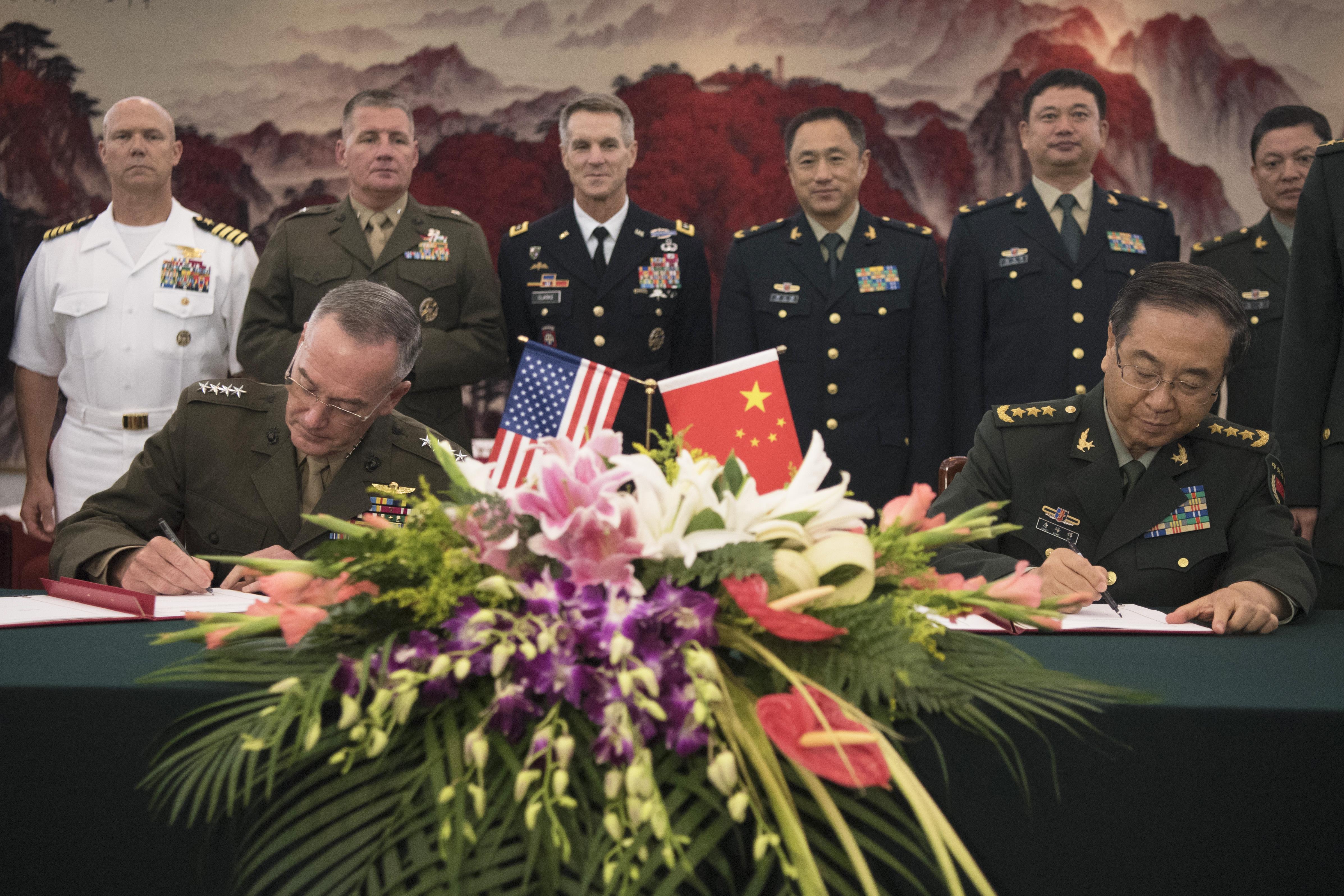
“We have nothing in the ’24 or ’25 budget for any of these changes,” he said. “There’s a possibility that we’ll have some funds in ’26.”
Kendall has made the “great power competition” a highlight of his tenure as Air Force secretary. He teased the upcoming changes in a memo in September.
“This will not be easy. Existing habits and structures are well established, but it must be done,” he wrote. “No one wants a great power conflict, and no one can predict when one might occur, but come it may and we must be as ready as we can be — now, tomorrow and every day.”
Thomas Novelly
- Previous Meeting on Afghanistan Held in Bishkek without ruling Taliban
- Next Emirates, out of fear of revenge strikes, restricts US ability to launch retaliatory airstrikes against Iran proxies


